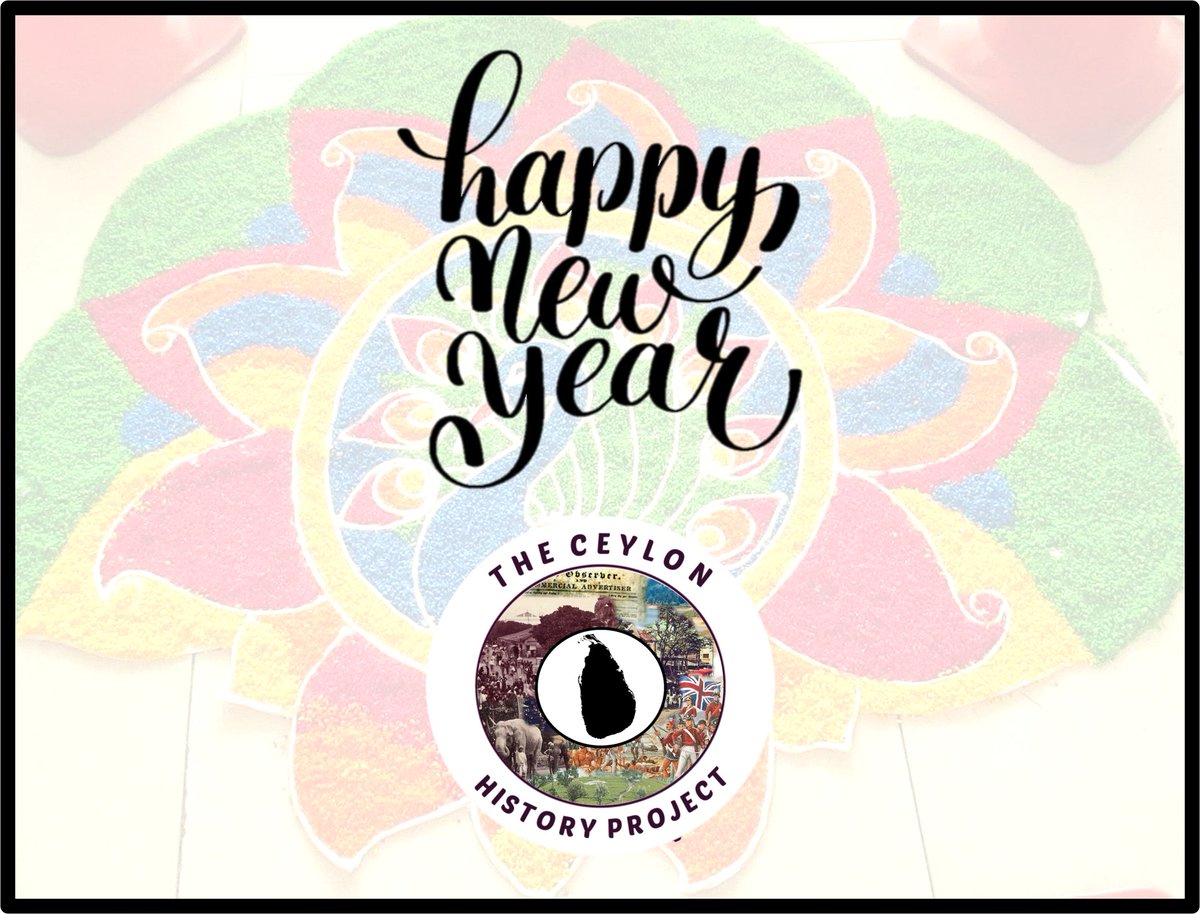
With the recent #protests, national attention has turn the events of #OccupyGalleFace. But, I doubt many people truly understand #galleface significance and #history. Today, I want to take a look at it's #past and see what we can #learn.
#EconomicCrisisLK #history #GoHomeGota



#EconomicCrisisLK #history #GoHomeGota




Originally, Galle Face was a strategic military location for the Dutch and was named "Gal Gate" as the gateway to Colombo Fort. In the 1800s, it covered a massive area and was home to many recreational activities - cricket, racing, golf, and, rugby - that drew large crowds. 







On May Day 1933, Galle Face served as a location for labor strike led by future mayor, A. E. Gunasinha. Men wore white sarongs and red striped banians and sang songs promoting the working class. Ultimately this would lead to May Day becoming a national holiday. 

After Independence, Galle Face served a new purpose as the place of civil disobedience. With the political tensions of a new nation, Galle Face's open space provided area for protests.
In 1953, N. M. Perera spoke during the Ceylon Hartal that would take down the UNP government.
In 1953, N. M. Perera spoke during the Ceylon Hartal that would take down the UNP government.

In 1956, S. J. V. Chelvanayakam led another protest on the green to protest the 'Sinhala-Only Act', eventually leading to the Gal Oya riots that divided a nation and left hundreds of Tamils dead. 

However, Galle Face has also served as a place of unity as well. In 2015, Pope Francis visited Galle Face, speaking to a massive crowd of 500K, in an attempt to heal a nation divided by war. 



In recent years, Galle Face has served as a place of mass gathering for anything for music events, political rallies, religious ceremonies, and more recently, protests. 



When we look back at Galle Face's history we see how it has transformed as an open space to a place where Sri Lankans gather to share emotions and goals as one community.
If we learn from that today, we can make the change we wish to see a inevitable reality.
If we learn from that today, we can make the change we wish to see a inevitable reality.

Sources/Media Credits: wikimedia.org, @newswire @ceylontoday, wsws.org, newsfirst.lk,
sundaytimes.lk/180204/funday-…, irishtimes.com, colombofort.com/galle.face.htm#
sundaytimes.lk/180204/funday-…, irishtimes.com, colombofort.com/galle.face.htm#
• • •
Missing some Tweet in this thread? You can try to
force a refresh




























